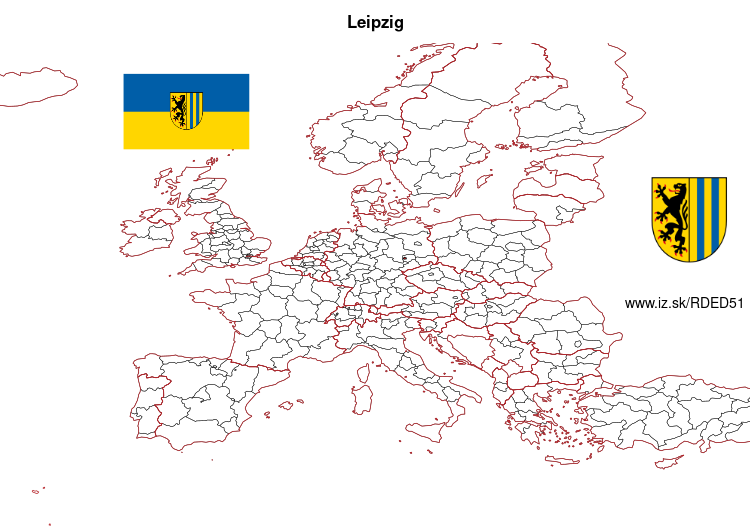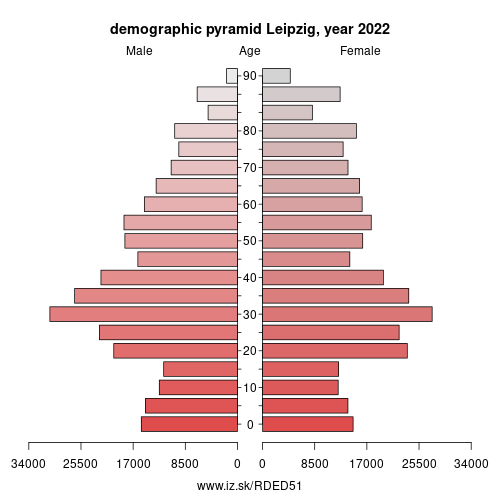- About us»
- Net income calculator»
- Population aging»
-
- Least developed regions»
-
- Average wage
- Material need benefits
- Meal allowance
- Counties of Slovakia
- Inflation
- Living and Subsistence Minimum
- Unemployment of Czechia and Slovakia
- NACE Classification
-
- Life expectancy
- Gender differences
- Youth unemployment and NEET
- Minimum wage in EU
- Unemployment rates of different age groups
- Share of salaries on GDP
- Employment rate
- NEET
- Percentage of employees ususally working at nights
- Long term unemployment
- Unemployment rate
-
- Bratislava and surroundings
- Kopanice
- Danube river
- lower Vah river
- middle Vár river
- upper Nitra river
- lower Nitra river
- Mining cities
- Kysuce a Orava
- upper Vah river - Liptov
- Spiš cities
- upper Hron river
- Juhoslovenská kotlina
- Košice fold and Torysa river
- upper Zemplín
- lower Zemplín
- EU regions
- NUTS3 regions of Slovakia
- LAU1 dataset
-
- Projects and activities
- Inclusive growth»
- Good work
- Project SKRS
- Social system – reality and vision
- Library
-
- Education of unemployed
- Young unemployed not taking part in education
- Proposal to change the system of education funding
- News»
- Contact
Leipzig – DED51
EU regions: Germany > Saxony > Leipzig Government Region > Leipzig

| Indicator | Period | Value |
|---|---|---|
| Gross domestic product | ||
| GDP per capita in PPS of EU average | 2022 | 106 |
More on wikipedia wikidata Q2079 on OpenStreetMap Leipzig slovensky: DED51
Demographics
| Indicator | Period | Value |
|---|---|---|
| Demographics | ||
| number of inhabitants | 2024 | 608 013 |
| population density | 2023 | 2067.6 |
| old-age dependency ratio | 2024 | 29.5 |

Leipzig (, also US: , German: [ˈlaɪptsɪç] (listen); Upper and Lower Sorbian: Lipsk; Upper Saxon: Leibzsch) is the most populous city in the German federal state of Saxony. With a population of 587,857 inhabitants as of 2018 (1.1 million residents in the larger urban zone), it is Germany's eighth most populous city as well as the second most populous city in the area of former East Germany after (East) Berlin. Together with Halle (Saale), the largest city of the neighbouring state of Saxony-Anhalt, the city forms the polycentric conurbation of Leipzig-Halle. Between the two cities (in Schkeuditz) lies Leipzig/Halle International Airport.
Leipzig is located about 160 kilometres (99 mi) southwest of Berlin in the Leipzig Bay, which constitutes the southernmost part of the North German Plain, at the confluence of the White Elster River (progression: Saale→ Elbe→ North Sea) and two of its tributaries: the Pleiße and the Parthe. The name of the city as well as the names of many of its boroughs are of Slavic origin.
Leipzig has been a trade city since at least the time of the Holy Roman Empire. The city sits at the intersection of the Via Regia and the Via Imperii, two important medieval trade routes. Leipzig was once one of the major European centers of learning and culture in fields such as music and publishing. Leipzig became a major urban center within the German Democratic Republic (East Germany) after the Second World War, but its cultural and economic importance declined.
Other: Leipzig Government Region, Leipzig, Landkreis Leipzig, Nordsachsen
Neighbours: Landkreis Leipzig, Nordsachsen
Suggested citation: Michal Páleník: Europe and its regions in numbers - Leipzig – DED51, IZ Bratislava, retrieved from: https://www.iz.sk/PDED51, ISBN: 978-80-970204-9-1, DOI:10.5281/zenodo.10200164

 Share
Share Facebook
Facebook Twitter
Twitter News
News